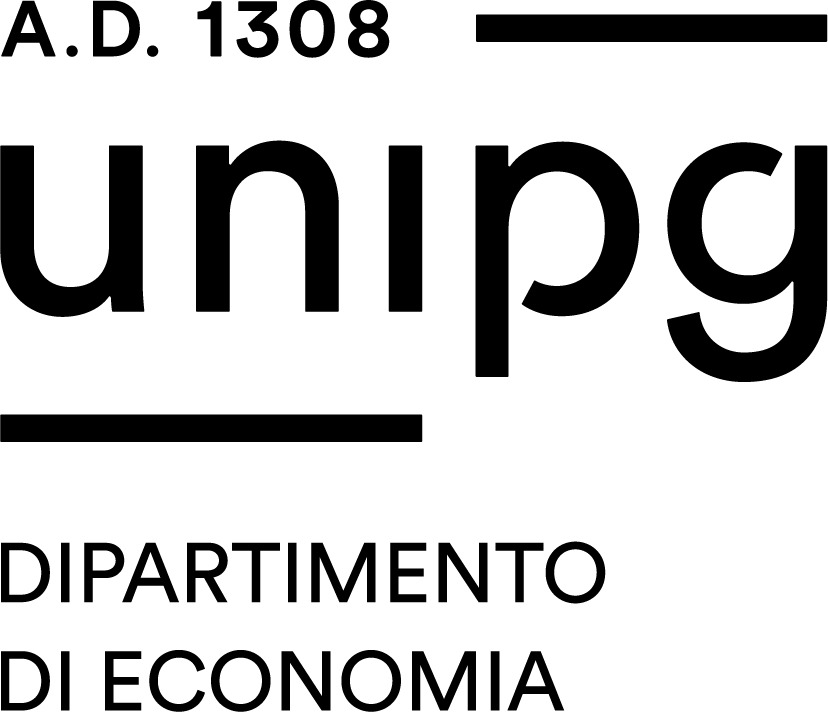Study-unit PLANT BIOTECHNOGY
| Course name | Biotechnology |
|---|---|
| Study-unit Code | GP004100 |
| Curriculum | Comune a tutti i curricula |
| Lecturer | Lorenzo Raggi |
| Lecturers |
|
| Hours |
|
| CFU | 6 |
| Course Regulation | Coorte 2023 |
| Supplied | 2025/26 |
| Supplied other course regulation | |
| Learning activities | Affine/integrativa |
| Area | Attività formative affini o integrative |
| Sector | AGR/07 |
| Type of study-unit | Opzionale (Optional) |
| Type of learning activities | Attività formativa monodisciplinare |
| Language of instruction | Italian |
| Contents | The principles and methods of genetic biotechnology applied to agronomic plants. The course is divided into two parts: the study of techniques for genomic DNA analysis aimed at characterizing genetic biodiversity through direct sequencing and various classes of molecular markers, and plant genetic improvement, with particular focus on genetic improvement methods specific to predominantly self-pollinating and predominantly cross-pollinating species. The application of laboratory techniques, including molecular marker analysis, in the context of plant breeding. |
| Reference texts | Lorenzetti et al. Miglioramento genetico delle piante agrarie. Mew Business Media/ Edagricole |
| Educational objectives | The objective of the course is to provide students with knowledge of the most relevant DNA analysis techniques and methods in the field of plant genetic improvement. Basic techniques useful for detecting different classes of molecular markers: Southern Blot, PCR, and various types of sequencing. The use of different classes of molecular markers and sequencing (Sanger method and next-generation sequencing approaches), also for marker-assisted selection. General aspects of mutagenesis and insertional mutagenesis. Upon completion of the course, students will also have acquired the necessary knowledge to begin developing a plant breeding program and an understanding of the genetic and molecular marker analyses that can enhance the results of a plant breeding program. |
| Prerequisites | Completion of the genetics exam. |
| Teaching methods | The course is organized as follows: - lectures covering all course topics; practical sessions in the Genetic Biotechnology Laboratory of DSA3 to apply the knowledge gained on marker-assisted selection. Students will be divided into groups (maximum of 10 students per group). |
| Other information | Teaching materials provided by the teacher. Classrom exercises. |
| Learning verification modality | The oral exam consists of a discussion lasting about 30 minutes aimed at evaluating the level of knowledge and understanding achieved by the student on the theoretical and methodological contents indicated in the program (genetic improvement methods, types of molecular markers and sequencing). The oral test will also verify the student's communication skills with language properties and autonomous exposition organization on the same topics with theoretical content. For information on support services for students with disabilities and / or SLD, visit the page http://www.unipg.it/disabilita-e-dsa |
| Extended program | Nature and origin of genetic diversity in living organisms, from morphological to molecular markers; identification of variations in DNA sequences. Application of the polymerase chain reaction (PCR) and primer development.Molecular markers: different classes and classification including AFLP, SCAR, SSR markers and those used for single nucleotide polymorphism (SNP) detection. Application of molecular markers for the characterization of crops. DNA sequencing: classical and next-generation methodologies. Introduction to plant breeding, floral morphology and plant reproduction. Gametophytic and sporophytic self-incompatibility systems; genetic, cytoplasmic, and genetic-cytoplasmic male sterility and their effects on plant breeding programs. Vegetative propagation, self- and cross-pollination in crops; genetic structure of clonal populations, populations of predominantly self-pollinating and predominantly cross-pollinating species. Breeding methods for predominantly self-pollinating crops: pure line selection, pedigree method; single seed descent (SSD) method; backcrossing for the transfer of a trait under dominant or recessive control. Breeding methods for predominantly cross-pollinating species: simple recurrent selection and different types of progeny tests for the evaluation of general combining ability (GCA) and specific combining ability (SCA). Development of synthetic varieties and hybrids (2-way, 3-way, and 4-way hybrids); backcrossing for the transfer of traits under dominant or recessive control in populations and hybrids. |
| Obiettivi Agenda 2030 per lo sviluppo sostenibile | 2 |


